Generally speaking, the welding procedures for black steel pipe and carbon steel pipe are much the same. That is, you are referring to general welding and not for some specific application, such as very low temperatures. Black steel pipe is not really a specification, but a general term used primarily by plumbers to differentiate between regular steel pipe and galvanized steel pipe.
Most black steel pipe is similar in composition to ASTM A-53 pipe. The differences between A-53 and regular steel pipes like A-106 are so minor that some are actually labeled as meeting both specifications. Black steel pipe and A-53 can be either seamless or welded, while A-106 is seamless.
Generally speaking, the welding procedures for black steel pipe and carbon steel pipe are almost the same. This is the case for general welding, but not for some specific applications, such as very cold temperatures. Black steel pipe is not really a specification, but a general term used primarily by plumbers to distinguish between regular steel pipe and galvanized steel pipe.Black steel pipe is cast from various grades of ductile iron or malleable iron, while carbon steel pipe is usually welded or seamless. Black steel pipe is used for underground or underwater applications and for mainstream pipes and branches that are subject to acid. Municipal cold water pipes 4 inches in diameter and above also commonly use cast iron pipes and fittings. Commercial die casting is not suitable for lines subject to expansion strain, contraction, and vibration unless the pipe is very heavy. It is not suitable for superheated steam or temperatures above 575 degrees Fahrenheit. Cast iron pipe in underground applications, such as sewer lines, usually has bell ends, while exposed pipe usually has flange ends.
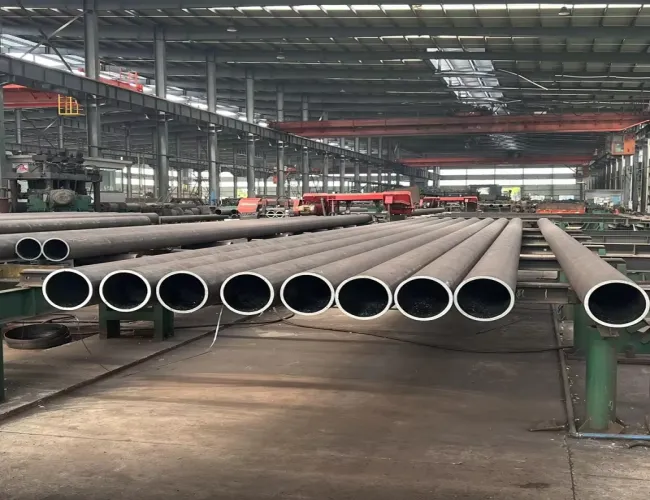
What is the difference between black steel pipe and carbon steel pipe
In the field of materials science and engineering applications, both black steel pipes and carbon steel pipes have their specific applications and material properties, and the differences between them determine their applicability and comprehensive performance to a certain extent. The following is a detailed description of the difference between the two materials from a professional perspective:
1.Surface finish difference
Black steel pipe: Through a special blackening process, the black steel pipe forms a solid black oxide scale on its surface, which not only gives it a unique appearance characteristic, but also plays a protective role to a certain extent.
Carbon steel pipe: Carbon steel pipes usually have an original metal finish, that is, a standard silver-gray color. Depending on the purpose, the surface can be coated with different protective layers, such as galvanizing, to meet the corrosion resistance requirements in specific environments.
2.Comparison of corrosion resistance
Black steel pipe: Although covered with a black oxide layer, the corrosion resistance is relatively limited, especially compared with protective layers such as galvanizing.
Carbon steel pipe: Untreated carbon steel pipes are prone to rust. In applications with special requirements for corrosion resistance, carbon steel pipes are usually surface treated, such as hot-dip galvanizing, to enhance their protective capabilities.
3.Manufacturing Process Comparison
Black Steel Pipe: After the pipe is formed, it can be seamlessly manufactured or welded and blackened as mentioned above.
Carbon Steel Pipe Carbon steel pipe can also be seamless or welded, and the choice is based on specific application requirements and budget considerations.
4.Differences in Application Fields
Black Steel Pipe: It is usually used in environments where corrosion resistance is not required, such as general pipelines, gas distribution systems, and structural supports.
Carbon Steel Pipe: Due to its excellent strength and durability, it is widely used in oil and gas, as well as chemical, power and construction fields, and can transport a variety of highly corrosive media.
5.Cost and Durability Considerations
Black Steel Pipe: Black steel pipe that has been blackened may cost slightly more due to additional processing steps, and the surface oxide layer may peel off during long-term use, affecting durability and aesthetics.
Carbon Steel Pipe: In the case of ungalvanized carbon steel pipe, the cost is lower; with galvanizing or other corrosion-resistant coatings, the cost is higher, but the corrosion resistance and durability are also greatly enhanced.
There is a clear difference between black steel pipe and carbon steel pipe in appearance, and black steel pipe has a place in the market with its unique deep matte color. Corrosion resistance requirements, budget constraints, and end-use scenarios play an important role in determining the priority between the two. Considering these factors, professional engineers and procurement decision makers can choose the most suitable pipeline products according to the characteristics of the project.
What is the difference between seamless black steel pipe and carbon steel pipe?
Seamless black steel pipe is a steel pipe made by seamless process with black oxide film on the surface. It has high strength and strong pressure bearing capacity. It is mainly used in high-pressure fields such as oil and natural gas. Carbon steel pipe is a steel pipe made of carbon steel, including seamless and welded pipes, with various surface treatments, wider application range and relatively more economical price.






 English
English Español
Español بالعربية
بالعربية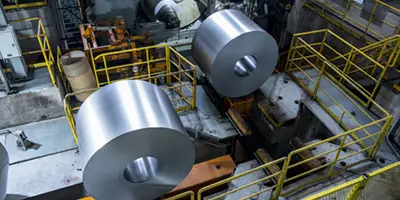

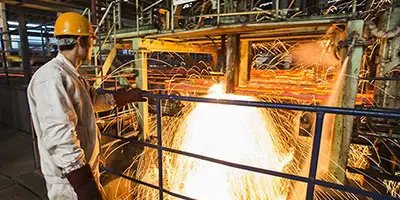
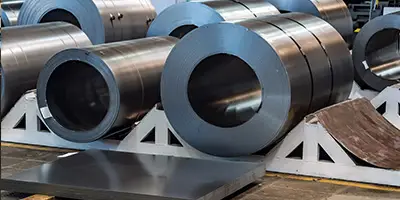

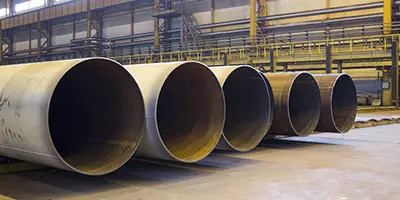
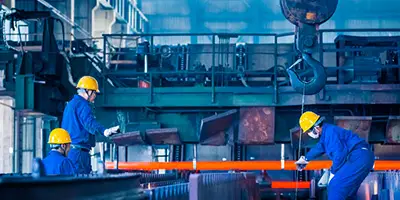
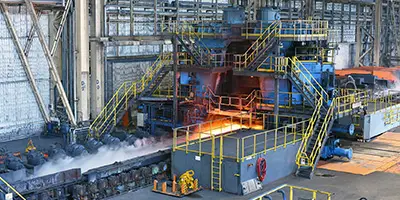
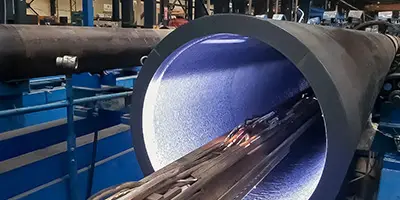
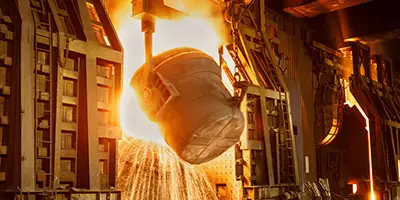
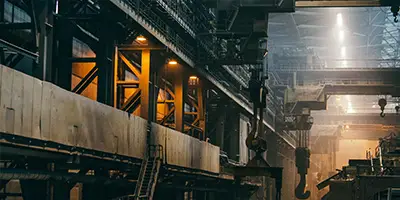

 Phone :
Phone :  Whatsapp :
Whatsapp :  Email :
Email : 


